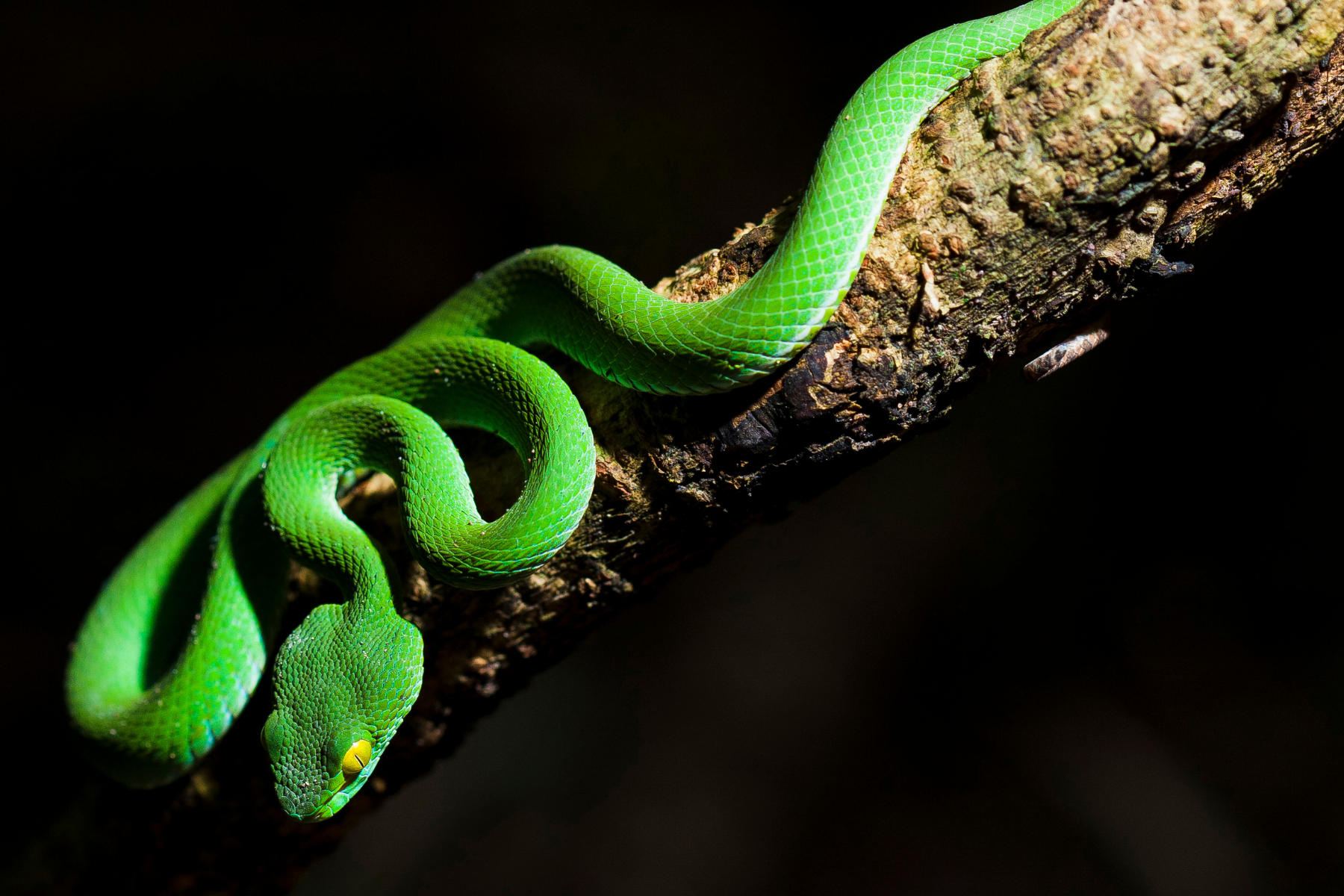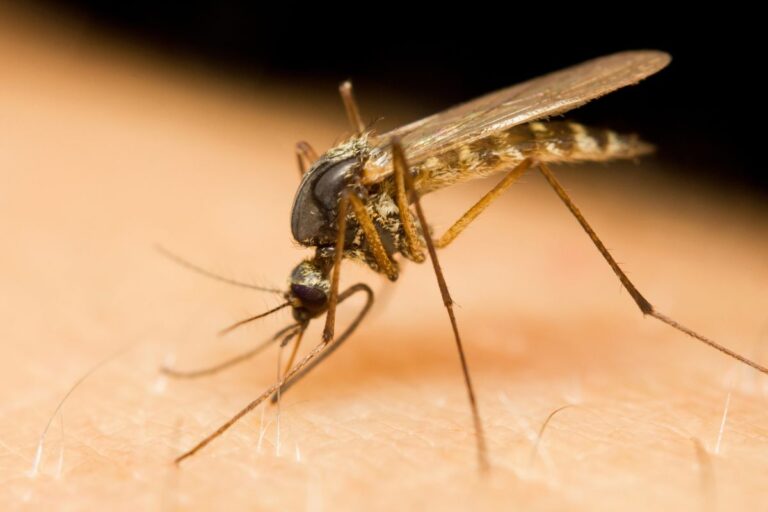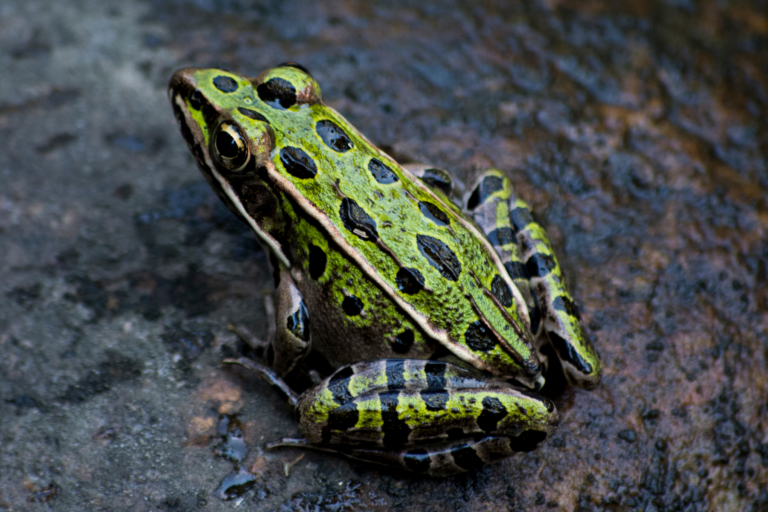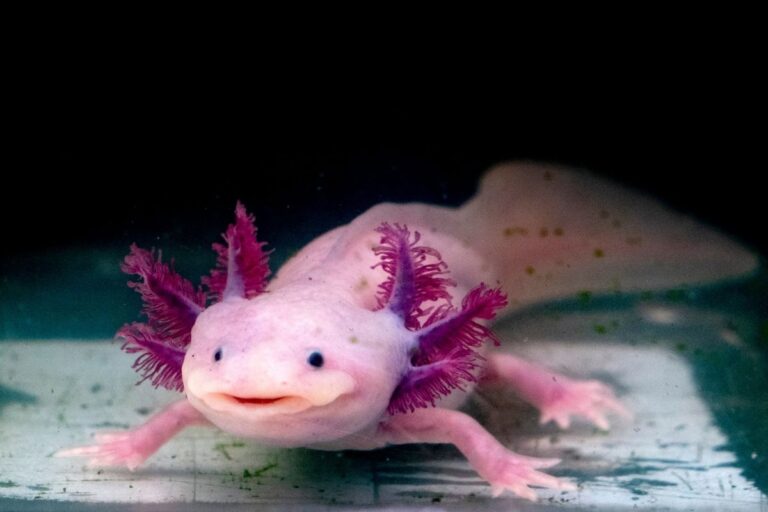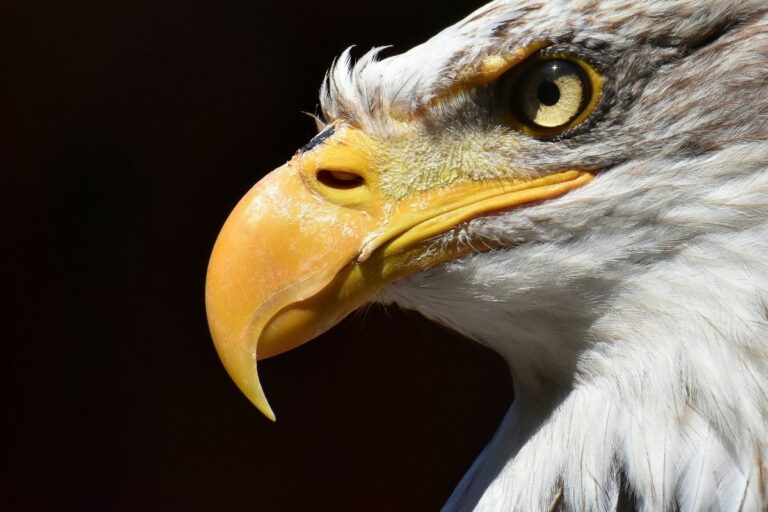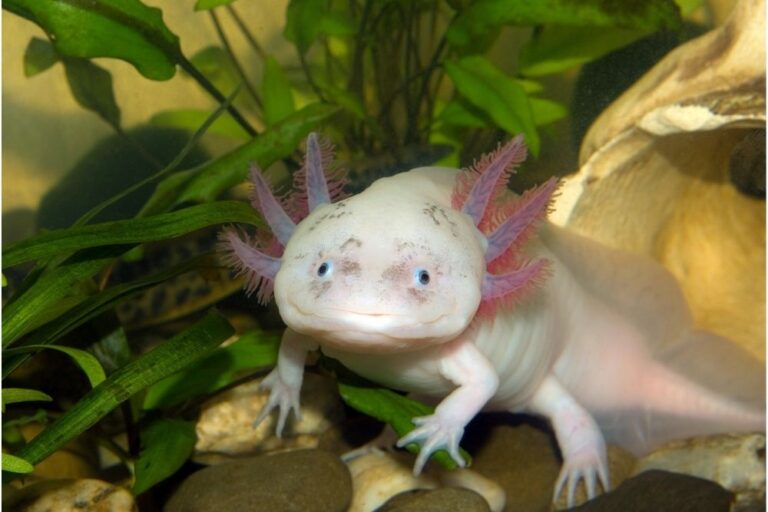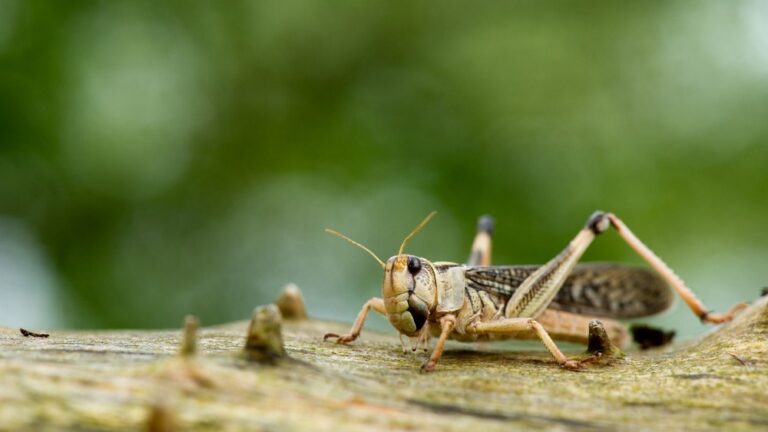50+ Interesting Facts about Snakes
Last Updated on June 10, 2023 by
If you shudder at the sight of a snake, then you are not alone. Plenty of people around the globe are intimidated by these animals, and with good reason. Snakes can be any combination of strong, swift, and deadly, but they are also wildly captivating creatures. In this article we are going to share some amazing facts about snakes.
These slithering serpents are much more than meets the eye. Snakes have roamed the earth for millions of years, and during that time, they have evolved to display some shocking characteristics. With thousands of snake species existing in almost every corner of the globe, there is a seemingly endless stream of snake fun facts to enjoy. We took the time to constrict all of this information into a curated list of the most cool facts about snakes known to man.
Now you can kick back and feed your snake-centered curiosities without getting too close to a ferocious set of fangs. Here are some amazing interesting facts about snakes.
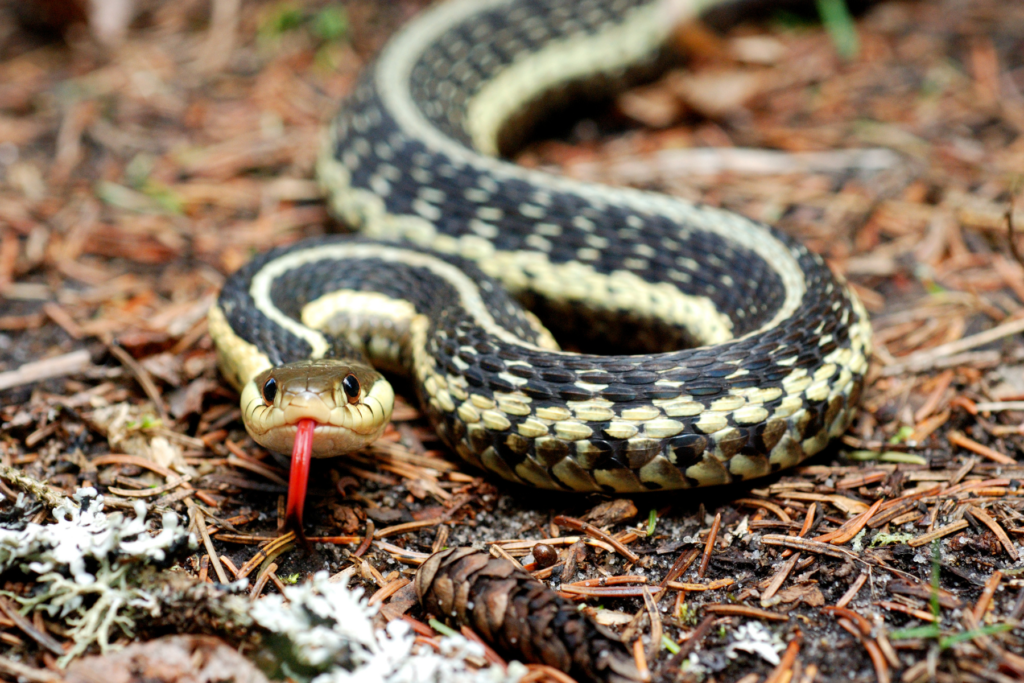
The Top 15 Interesting Snake Facts:
1. Snakes can dig.
Snakes can climb, swim, slither, and even dig. Their legless bodies are not ideal for digging burrows in heavy soil, but a few snake species are more than capable of burying themselves in the sand to hide from predators or ambush prey. Egyptian sand boas and hognose snakes are just a few of the species known for shimmying their way under the sand.
2. There is a snake species that can be mistaken for a worm.
This may be the longest worm you have ever seen, at a maximum adult length of 13 inches, but these little snakes have an otherwise impressive disguise. Silky smooth scales, a brown-colored body, tiny eyes, and smooth pointed ends make this species easily mistakable for an earthworm. To enhance their worm-like impression, worm snakes, Carphophis amoenus, also spend much of their time burrowing under loose debris in the forest.
3. Not all snake fangs are the same.
Snakes’ fangs are grouped into three major categories; solenoglyphous, proteroglyphous, and opisthoglyphous. Solenoglyphous snakes are typically venomous, and their extra-long fangs are attached to their jaw by a hinge so they can be folded up when not in use. Proteroglyphous snakes have fangs that can not be folded; instead, their fangs are much shorter than other species. Opisthoglyphous snakes are interesting because their fangs are located in the back of their mouth.
4. Sometimes you can tell if a snake is venomous by the shape of its head.
With thousands of snake species in existence, learning every species to differentiate between venomous and nonvenomous snakes would be very difficult. Luckily, many venomous snakes have triangular-shaped heads due to the placement of their venom glands, making them easier to identify from afar. Some nonvenomous snakes will puff their heads to mimic this look, so when in doubt, it’s best to keep your distance.
5. Snakes’ jaws can stretch.
Ever wish you could fit that Big Mac in one bite? Well, snakes are born will a built-in solution to eating large meals without chewing. Their jaw structure is held together with flexible ligaments instead of joints, so they can eat items that are larger than their own head, like eggs and other large animals.
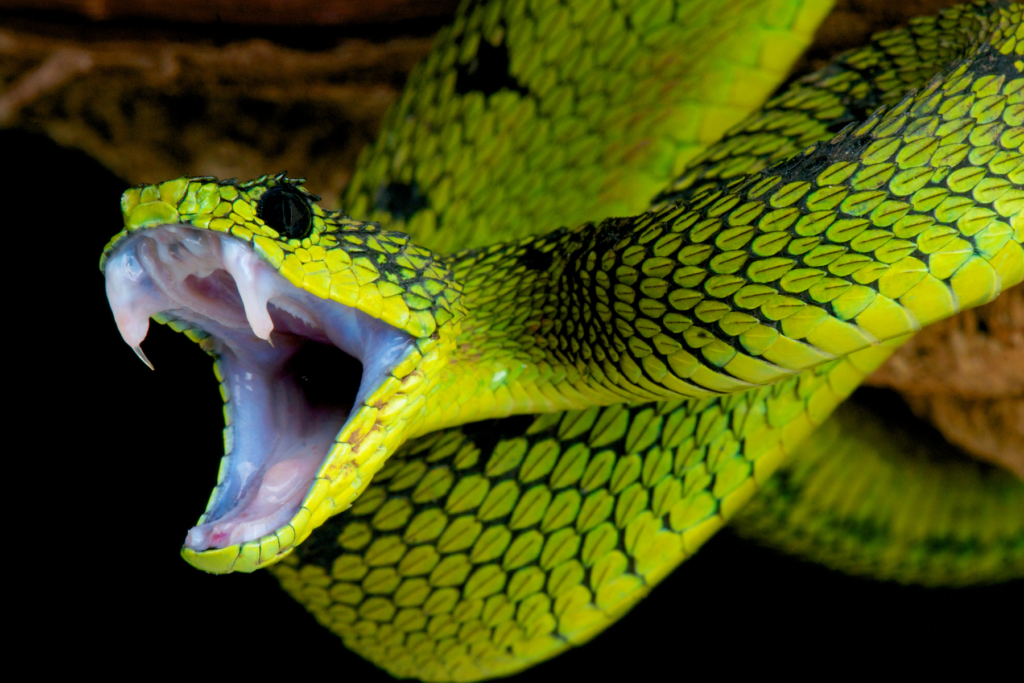
6. Sea snakes and eels are different.
Sea snakes have a smooth, hydrodynamic build and move gracefully through the water. Their movements and appearance can cause people to misidentify them as eels, but the two are significantly different. Sea snakes breathe air and can live on land, while eels have fins, gills, and more of a flat ribbon-like body. One thing they do have in common? A pretty serious bite.
7. Some snake species give birth to live young.
Snakes are reptiles, so it only makes sense to assume that they lay eggs, but that assumption is not completely accurate. Ovoviviparous is a word used to describe snakes that give birth to their young in an amniotic sack instead of an egg. This is a rare version of reproduction in snakes and only exists in a few species, like the copperhead.
8. Snakes have a sixth sense.
Pit vipers, and a few other species of snake, are known for heat-sensing organs on their face. These organs allow them to direct live prey and predators, especially when it is too dark for their eyes to see clearly. Studies have suggested that this sixth sense can be used to sense heat up to one meter away.
9. Some snakes prefer playing dead to biting or slithering away.
What some snakes lack in ferocity, they make up for in acting skills. The Western hognose is a snake that maxes out at 4 feet long, but no matter how large they get, these snakes will roll over and play dead when threatened. No matter how many times you right them, hognoses will continue to roll over and play the part of gross roadkill that you definitely dont want a piece of. You may even see them dramatically leave their mouth gaping open with their tongue hanging out for added effect.
10. The fastest snake in the world can slither at 12.5 miles per hour.
The black mamba is nothing short of an apex predator. Reaching up to 14 feet long and suited with a deadly set of fangs, the black mamba is one of the world’s most feared snakes, and it is also the fastest. Having to run that faster than 12.5 miles per hour to avoid a lethal animal is even more impressive when you consider the fact that it doesn’t have any legs.
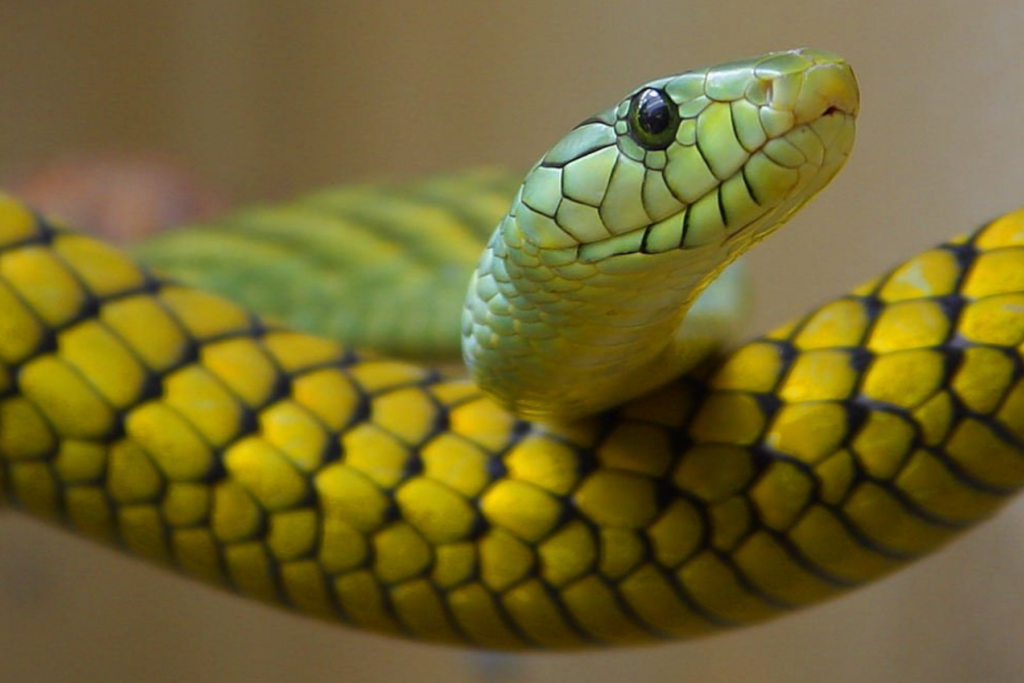
11. Snakes are masters at fasting.
As humans, we have about two weeks before starvation becomes deadly, but snakes have developed a way around this dilemma. Studies have found that snakes can slow their metabolic rates by up to 72%. This means snakes can go weeks, months, and possibly even years before starving to death.
12. Snakes do NOT have eyelids.
A staring competition with a snake is a bad idea for a number of reasons, and you won’t win anyways. This is because snakes don’t have eyelids, and therefore they do not blink. Instead, snakes have an ocular scale or brill over each eye, which acts as a set of glasses and is shed from time to time.
13. A snake’s skeleton contains more vertebrae than any other animal.
Snake species can have anywhere from 100 to 45 vertebrae in the body and an additional 10 to 205 vertebrae in the tail, depending on their species. When you compare this to the 24 vertebrae of an adult human, it’s quite an impressive number.
14. “Scaleless” snakes exist.
Scaleless snakes are an anomaly of the reptile world. Their skin appears to be delicate and wrinkly over most of their body, but some scaleless snakes can still have scales over their stomachs and around their face. Research has shown that scaleless snakes are the result of a mutation, and while this mutation may not be conducive to a snake’s survival, it is shocking in appearance, causing some breeders to proliferate it.
15. The largest snake on record was 10 meters long.
Pythons and Boa Constrictors are known to be some of the biggest snakes currently alive on our planet. The largest of these snakes on record was found in 1912 at 10 meters long. At such a size, this snake could easily constrict and possibly even eat an adult human.
More Interesting Facts About Snakes
- The saw-scaled Viper is the snake response for the most human deaths annually
- Some snakes can actually retract their fangs.
- There are over 3700 snake species worldwide.
- Snakes swallow their prey whole.
- Snakes can not be poisoned by their own venom.
- Some snakes reproduce asexually.
- Snakes shed their skin.
- Snakes are ectotherms.
- Pythons kill their prey by suffocating it.
Unusual Facts About Snakes
- Sea snakes can absorb some oxygen through their skin.
- There are no snakes in New Zealand.
- The venom of some snakes is being used for cancer research.
- Snake fangs last 6-10 weeks only.
- The rarest snake is the St. Lucia racer and is considered to be the most endangered as well.
- A severed snake head can still bite and release venom.
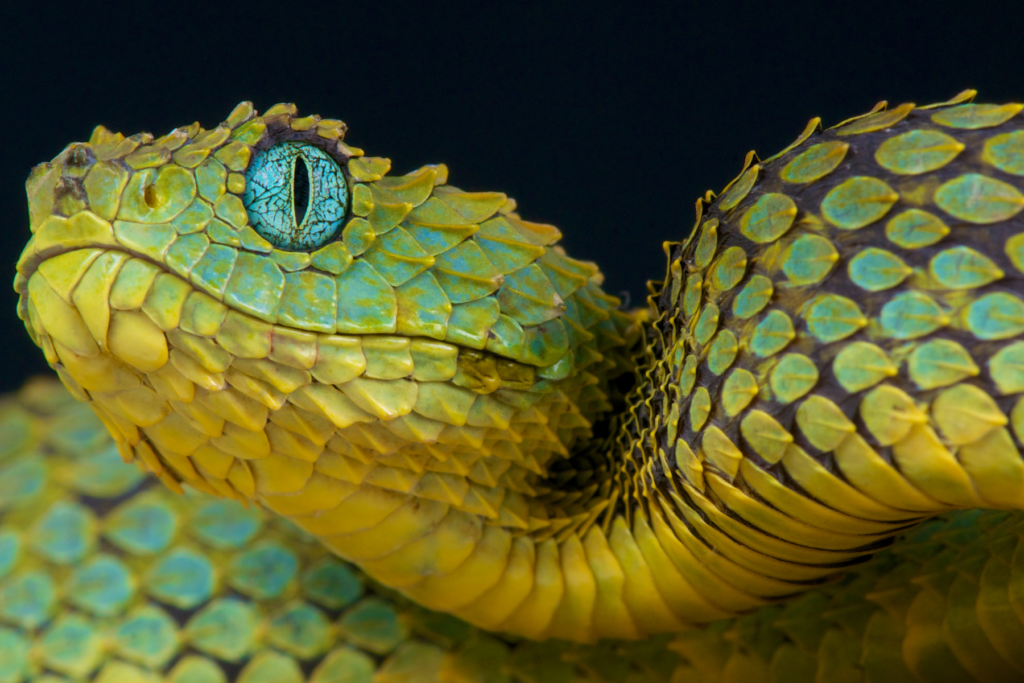
Weird Facts About Snakes
- Some snakes eat 6-30 meals a year.
- The largest snake fossil ever found is the Titanoboa.
- Snakes typically live alone, not with family.
- Snakes have been reported to explode when they overeat.
- When a Sonoran Coral snake is scared, it farts.
- Snakes usually have terrible eyesight!
- Snakes actually smell with their tongue.
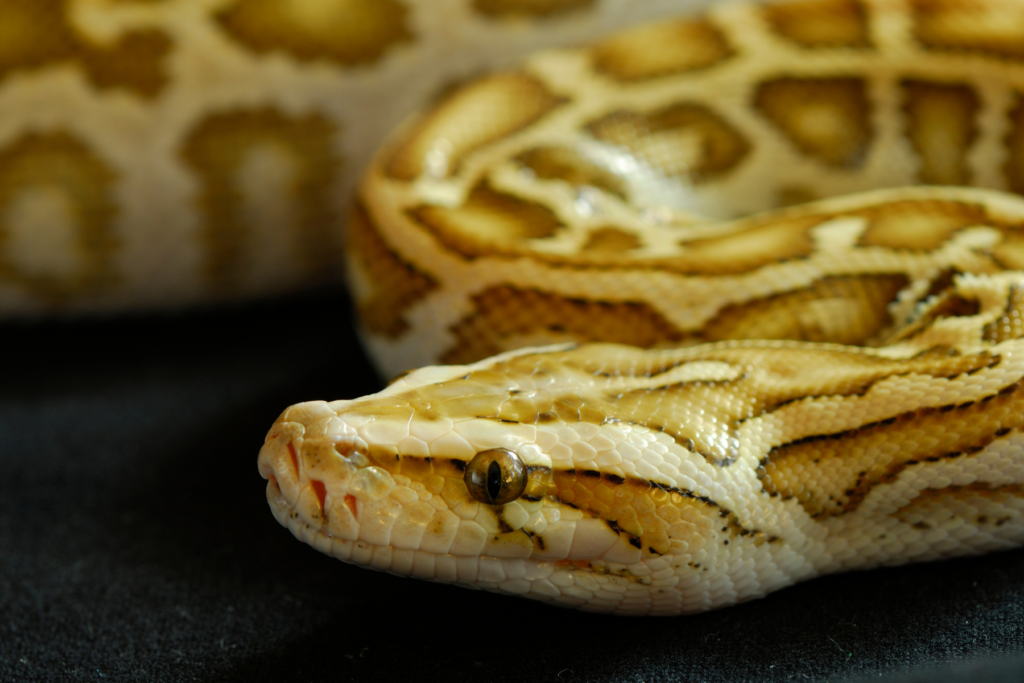
Fun Facts About Snakes
- The world’s fastest snake is the black mamba.
- Fear of snakes is one of the most common phobias.
- The inland Taipei snake carries enough venom to kill 80 people.
- The most common snake in North America is the garter snake.
- Sea snakes can dive over 300 feet.
- Snakes continue to grow until they die.
- Snake bites kill more than 100,000 people yearly.
- In the US there are typically less than 10 snake related fatalities yearly.
- Some snakes weigh as much as 500 pounds.
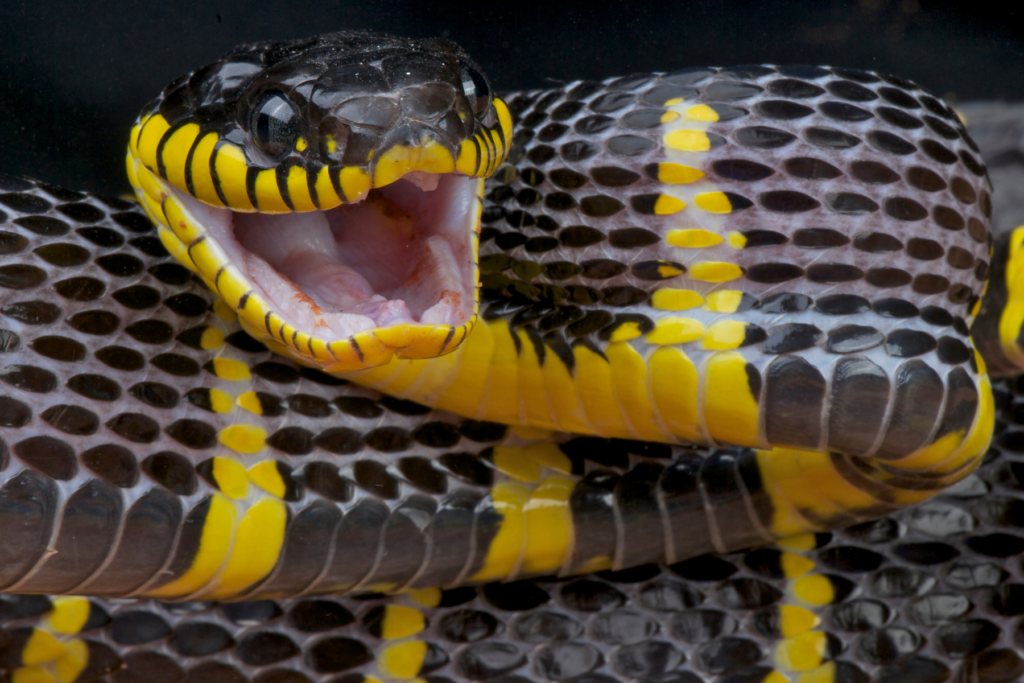
Facts About Snakes For Kids
- Only about 70% of snakes can lay eggs.
- Snakes can live more than 150 years in captivity
- Snakes shed 3-6 times yearly.
- Snakes teeth aren’t used for chewing as they can’t chew.
Final Thoughts on Snakes
Do you love snakes or find them scary? Snakes are diverse, resilient, and remarkable creatures. While many of their adaptations create a reason for people to fear their presence, they also portray attributes that can be comical in nature. Hopefully, these facts have inspired you to harbor more respect than resentment when it comes to these reptiles. After all, snakes are a key part of many of Earth’s ecosystems.

